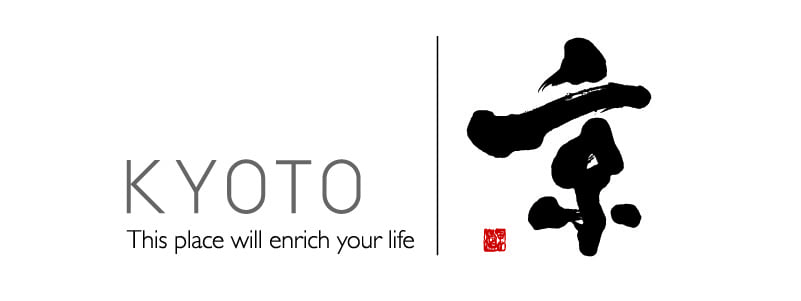Term archive

投稿タイプ:column
Unique vegan and organic restaurants beyond Kyoto City

投稿タイプ:column
Secret Sakura: Eight lesser-known spots for viewing cherry blossoms in Kyoto

投稿タイプ:column
Hidden Foodie Delights – 8 Kyoto Cafes & Restaurants Off the Beaten Path

投稿タイプ:column
8 Spectacular and Secluded Spots to see Autumn Leaves in Kyoto
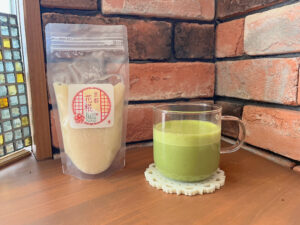
投稿タイプ:restaurants
Kyoto Hanakoji
Kyoto Hanakoji carries a range of condiments and foods made with koji (a kind of mold used for fermenting food products) that spends three days cultivating. Some of the more popular items include enzyme juice made with seasonal fruits and sweets containing healthy okara (soy pulp).
The most popular product is fermented amazake-based drinks (amazake is a drink made from rice koji). They’re offered in eight different flavors including matcha, cocoa, and frozen fruit and are delicious warm or chilled.
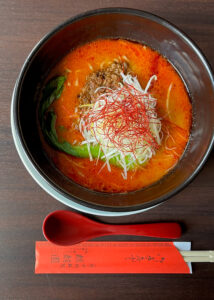
投稿タイプ:restaurants
Super Spicy Shopping District Kirin-en
Kirin-en is a Chinese restaurant that's been in business for over 50 years. It serves tan tan ramen noodles, a dish that has the distinction of winning the inaugural “Kara-1 Grand Prix” held by Muko City in 2012, a competition to determine Japan’s best super spicy dish. Kirin-en's noodles have enjoyed unwavering popularity ever since.
With the rich, deep flavor of the sesame and niku miso (minced meat fried in miso) amid the searing heat of the spices, it has a superb taste.

投稿タイプ:column
The Terroir of Kyoto on a Plate: Seven Great Local Eateries
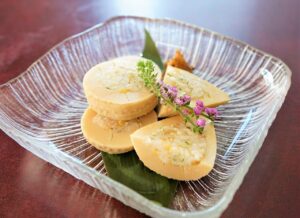
投稿タイプ:restaurants
Uosu Kyoto Cuisine
At the Kyoto cuisine restaurant Uosu, the second-generation owner has created a dish called “Takenoko Sugata Sushi” (stuffed bamboo shoot sushi), which allows guests to enjoy bamboo shoots all-year-round. This type of sushi is very refreshing and aromatic – you can feel the tender texture of the bamboo shoots and the fragrance of yuzu citrus!
A very filling, delicious dish, bamboo shoot sushi can also be enjoyed by those who can’t eat fish. This healthy sushi is made by stuffing bamboo shoots with sushi rice, resulting in a dish that tastes great and looks very appealing.
While at Uosu, make sure to try their soy milk ice cream with bamboo shoots, too! This delicious soy milk ice cream will be unlike anything you’ve tasted before. It contains flavorful pieces of bamboo shoots and is topped with a thin layer of bamboo leaf powder. The ice cream is not too sweet, has an extremely pleasant flavor and a texture that is quite unique.
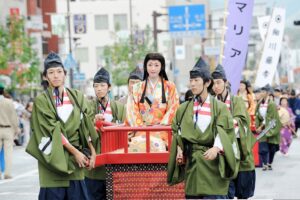
投稿タイプ:events
Nagaokakyo Garasha Festival
Nagaokakyo City is a historical area that has twice been the location of the capital and was often embroiled in the wars of the Middle Ages. In 1587, Garasha, the daughter of feudal lord Akechi Mitsuhide, married into the Hosokawa clan here at Shoryuji Castle. The Nagaokakyo Garasha Festival was first held in 1992 to celebrate the completion of reconstruction of the castle. The main event is a lively reenactment of Grasha’s wedding procession involving some 1000 people walking a route of about 3km in period costume.
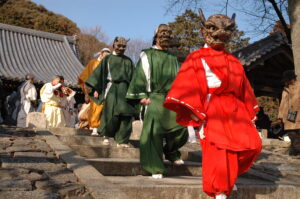
投稿タイプ:events
Smoking Out of Demons at Hoshakuji Temple
Oni, or demons, are ubiquitous in Japanese culture, and the annual Onikusube spring festival at Hoshakuji temple is a unique chance to encounter some of these notorious creatures in the flesh. Located at the foot of Mt. Tennozan in Oyamazaki-cho, the temple has held this festival to dispel misfortune and pray for good luck since its founding in 724. Oni appearing as symbols of misfortune are smoked out and driven off with sacred mugwort arrows and peachwood bows.
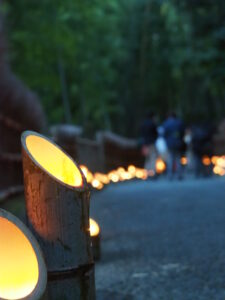
投稿タイプ:events
Princess Kaguya Nights at the Bamboo Path
The hills of Muko City produce some of Japan’s best bamboo shoots. They’re also considered to be the potential setting of the Tale of the Bamboo Cutter, a popular ancient story of a princess called Kaguya who was born from a glowing stalk of bamboo. An illumination event is held here each October, with about 5,000 candles floating in water-filled bamboo tubes lighting a 1.8km-long walking path through the bamboo grove. In the dreamy light it feels like stepping into the fairy tale world of Princess Kaguya.

投稿タイプ:column
